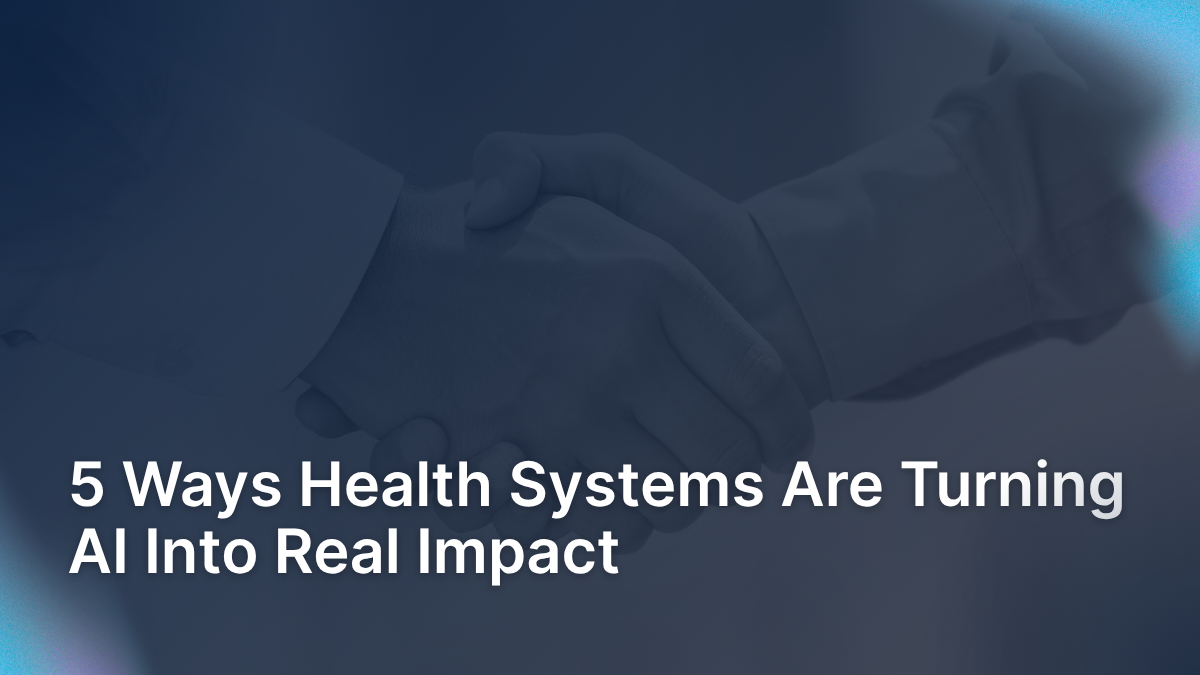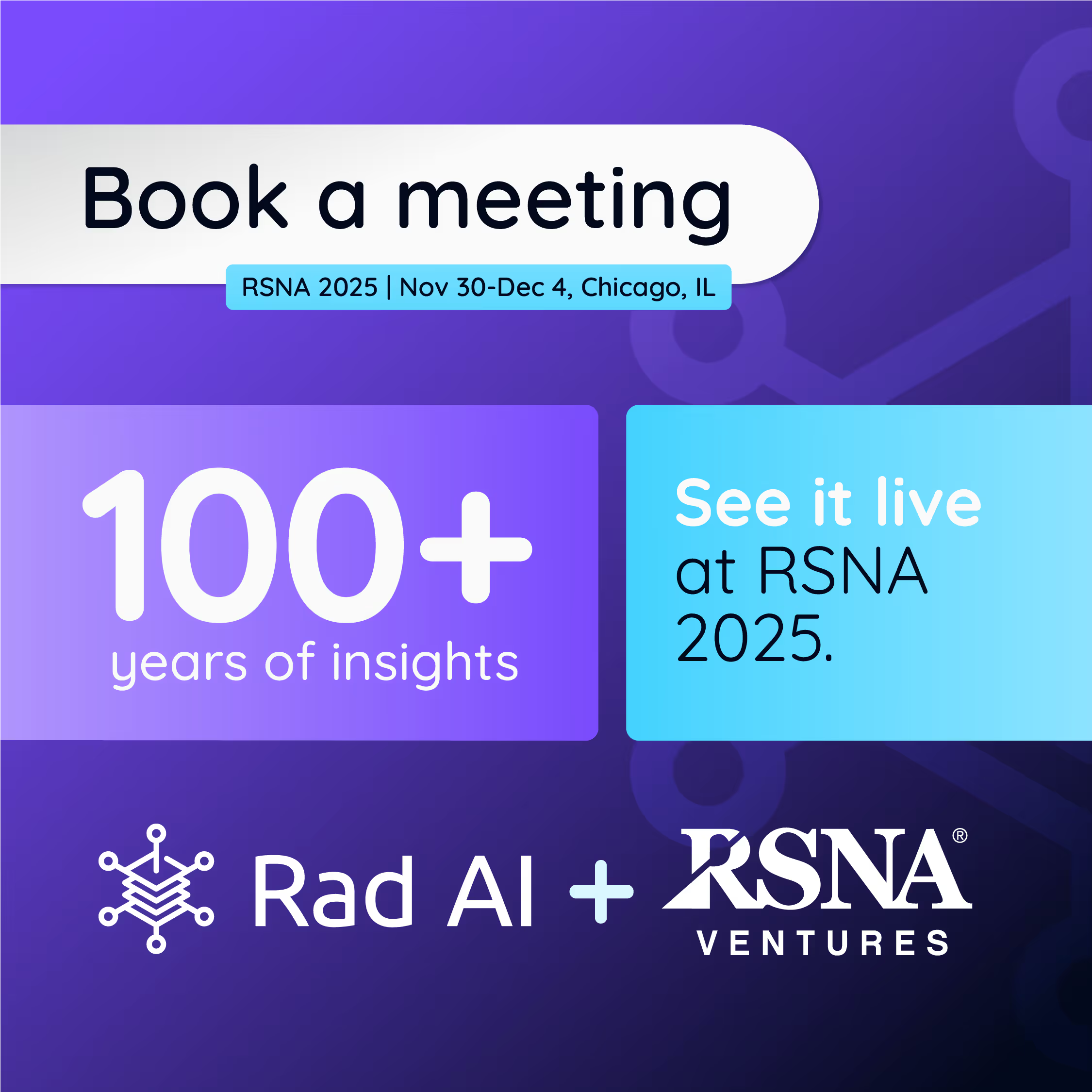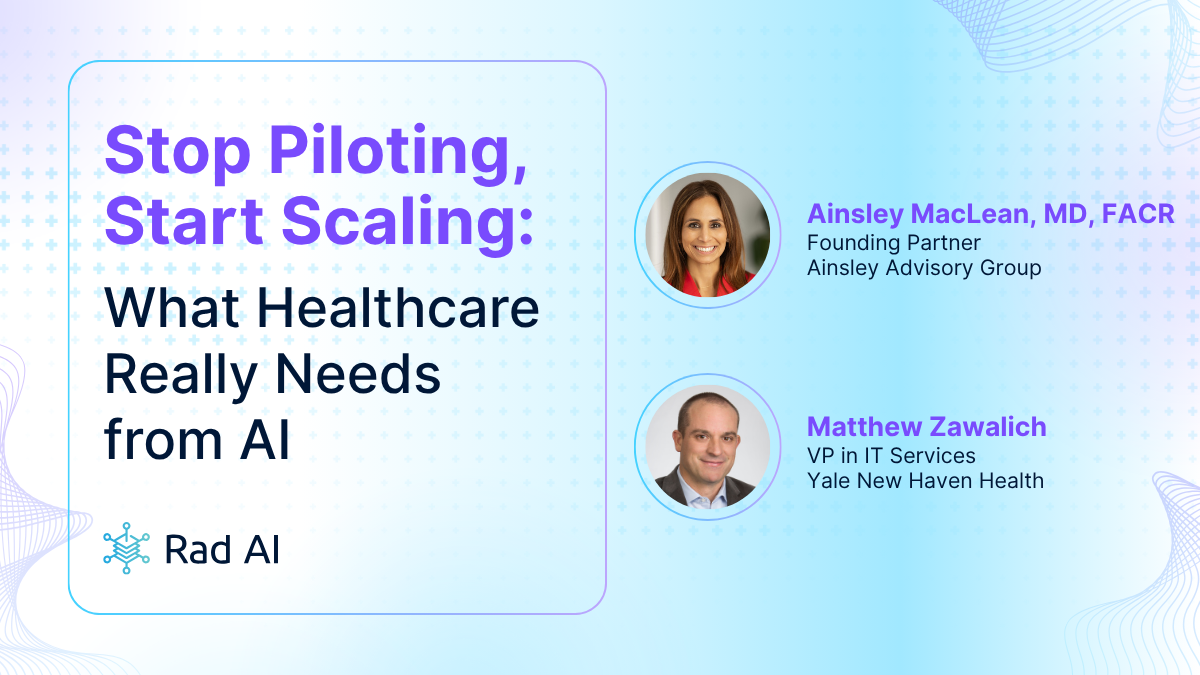5 Ways Health Systems Are Turning AI Into Real Impact


AI in healthcare is moving quickly from hype to habit. While plenty of headlines focus on tech vendors, it’s the health systems themselves that are showing what adoption looks like in practice. Some are using AI to cut documentation time in half. Others are applying it to hospital operations, safety, or even nutrition screening.
Here’s a look at five health systems pushing boundaries in curious and thoughtful ways — blending big ideas with practical, real-world applications.
Of course, this list is only a snapshot. There’s an incredible amount of work happening across the country.
Mayo Clinic
Mayo has over 200 AI projects underway, but what makes them stand out is how they move from research to real-world use. One study showed an AI-enhanced EKG could spot early heart failure before symptoms appeared — giving doctors a chance to intervene sooner.
Mayo is also scaling up its infrastructure with Nvidia’s DGX SuperPOD, a high-powered AI platform designed to accelerate foundation models in pathology, drug discovery, and precision medicine. Their Atlas pathology model, trained on more than 1.2 million slides, is already helping pathologists boost accuracy — proof that Mayo’s blend of clinical insight and advanced computing is pushing AI from aspiration to everyday care.
HCA Healthcare
As the country’s largest for-profit hospital system, HCA is proving AI can make a huge operational difference. Their teams are testing AI-powered nurse handoff tools that create cleaner summaries at shift changes.
They’re also using AI to predict patient volumes and optimize staffing, making sure the right number of nurses are on duty. And in 2024, HCA announced a partnership with Commure to deploy ambient clinical AI across its network aiming to reduce documentation burden at enterprise scale.
Kaiser Permanente
Kaiser Permanente was one of the first health systems to create an executive role focused solely on AI. In late 2023, they named Dr. Daniel Yang as vice president of artificial intelligence and emerging technologies, with a charge to ensure every AI tool deployed is safe, useful, and aligned to patient care.
Under his leadership, Kaiser rolled out an AI documentation assistant across its hospitals and medical offices. The tool drafts clinical notes during visits, with patient consent, allowing doctors to focus on conversations rather than keyboards. Millions of encounters have already been captured this way, and early feedback suggests it’s improving transparency and easing burnout.
For Kaiser, the focus is less on shiny tech and more on building a culture of responsible AI adoption that supports clinicians and safeguards patients.
Cleveland Clinic
Cleveland Clinic is taking an evidence-based approach. After piloting AI scribes across 80 specialties, doctors reported more time for patients and less burnout. Based on that success, the system is now scaling documentation AI across its practices (Ambience Healthcare partnership).
Behind the scenes, Cleveland Clinic is also using AI in medical coding, helping human coders process hundreds of pages of documentation in minutes. It’s a reminder that administrative AI can have just as much impact as clinical AI.
Mount Sinai Health System
Mount Sinai in New York has become a global leader in AI research — and it’s bringing those tools into real care. Their NutriScan AI identifies hospitalized patients at risk of malnutrition and triggers referrals to dietitians, leading to shorter stays and better outcomes.
In the ER, Mount Sinai researchers tested GPT-4 on 160,000 patient visits and found it could predict admissions on par with traditional models, even explaining its reasoning. It’s a glimpse of how generative AI could eventually support clinical decision-making in high-pressure settings.
Looking Ahead
Each of these systems is demonstrating that AI is not a gimmick. It’s a tool that, when implemented thoughtfully, can transform care. Whether it’s predicting disease earlier, cutting down on no-shows, or helping doctors spend more time with patients, AI is already delivering value.
And while these five stand out today, they’re part of a much broader wave. Across the U.S., health systems big and small are testing, validating, and scaling AI in creative ways. The real story isn’t just about technology. It’s about the people and organizations willing to lead.






